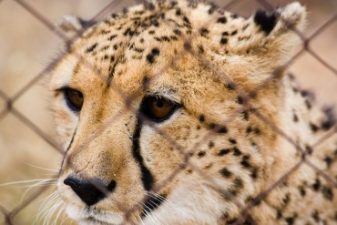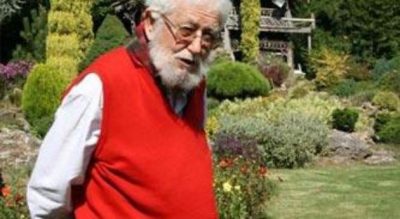 Turkey’s Environment & Forestry minister has demanded that the state highway construction agency build “green bridge” crossings for wildlife.
Turkey’s Environment & Forestry minister has demanded that the state highway construction agency build “green bridge” crossings for wildlife.
Although the country’s environmental policy is rather bleak overall, with the prime minister vowing to continue building a nuclear reactor on a fault line in the southern region of Akkuyu, and the country’s clean energy program more rhetoric than reality, at least wild animals won’t have to risk their necks crossing Turkey’s highways anymore. Environment and Forestry Minister Veysel Eroğlu has called on the General Directorate of Highways, the state agency which constructs public roadways, to build wildlife crossings over highways that bisect major wildlife habitats.
“Animals live in large areas, not like humans, who may live within a home of 100 square meters. For example, a bear can have a living area of up to 15 kilometers in which he travels and sleeps,” the minister pointed out, in an article in the Turkish daily Today’s Zaman.
In unequivocal language, Eroğlu made it clear that these crossings are a major priority for his ministry: “We will not allow for the building of roads which pass through wildlife areas without these special bridges,” he told the Anatolia news agency.
Wildlife preservation is one of Turkey’s stronger environmental suits. Just last year, the country’s Nature Protection and National Parks donated six semi-captive northern bald ibises to Syria to help that country bring back its diminishing ibis population.
But Turkey currently has just one wildlife crossing, over the highway from Ankara, the capital city, to the southeastern city of Adana. Highway construction companies are already consulting with the ministry about proper building techniques for the crossings, however. The company that will soon build a highway across the northwestern corner of the country, from Izmir to Izmit, for example, will also build several wildlife crossings across it.
The wildlife crossings, or “green bridges”, have been popular in Europe for several decades, and are gaining popularity in the United States and Canada. The U.S. Department of Transportation even has an entire website devoted to the wildlife crossing initiative.
According to the U.S. DoT, forcing wild animals to roam across highways isn’t just harmful for them — thousands of motorists are injured each year from collisions with wild animals, and about 200 are killed.
Read more about Turkish environmental policy:
Turkey Goes Ahead With Nuclear Reactors
Al Gore Talks Turkish Climate Policy
Turkey Helps Syria Revive “Thoth”
Image via debbiepayne210



